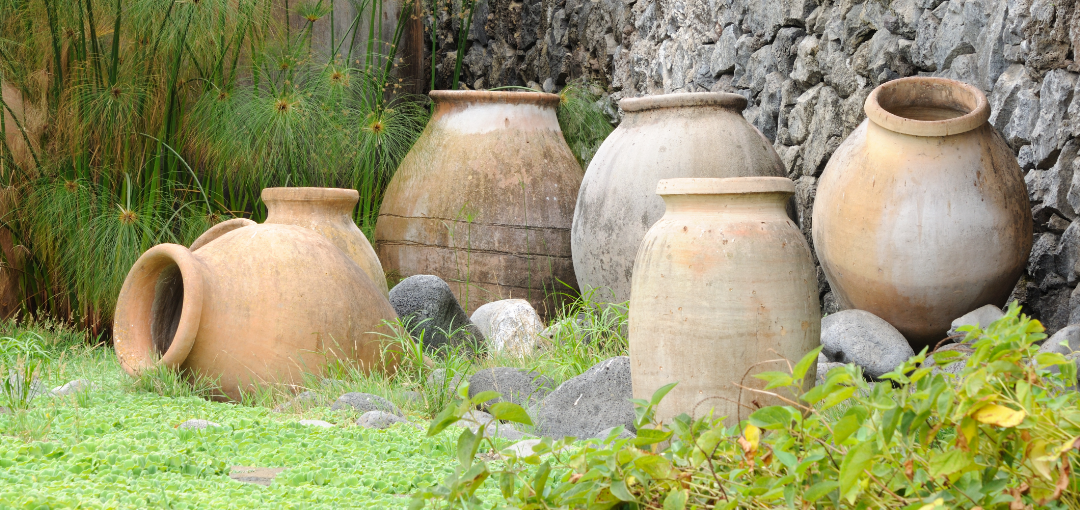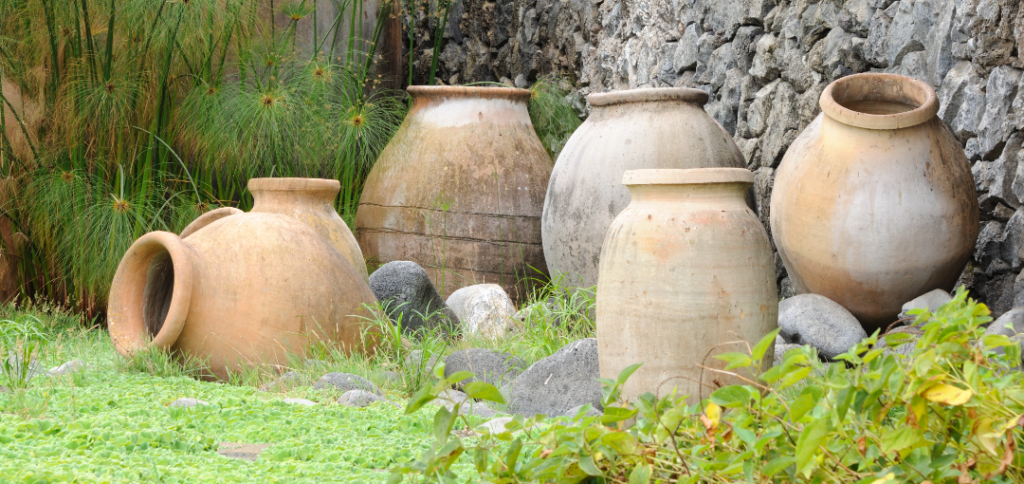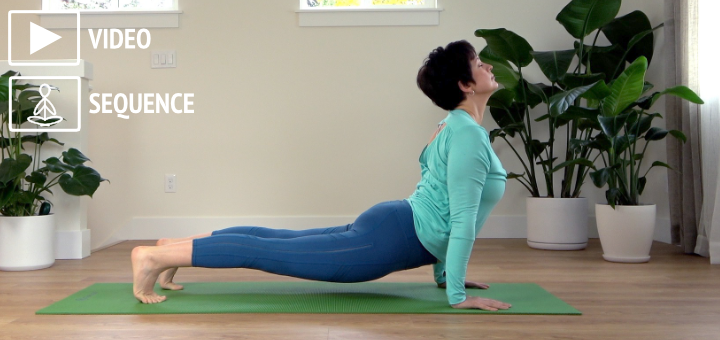Self-Care: Because Healing Begins with the Health of Your Self

Several months ago, I was asked to write an article for Yoga Therapy Today exploring self-care options for yoga therapists. I was thrilled to do it. I used this opportunity to apply Buddhist teachings of the imperfect vessel to represent different types of teaching burnout we might experience and the Panchamaya (Kosha-s) Model to show how we can address burnout on different levels of our systems. This article was written for yoga therapists, but it is just as applicable to yoga teachers. Since the article is pretty long, I am republishing the first part of it and then including the entire text as a PDF document. I hope that you find something useful in it!
Originally published in Yoga Therapy Today (Winter 2021), a publication of the International Association of Yoga Therapists. Shared with permission.
Does your yoga therapy practice still energize you, inspire you, and give you a sense of fulfillment—or are you just going through the motions? Burnout is a serious and common issue with all health professionals. According to the Mayo Clinic, recent rates of physician burnout in the United States average about 50%, and healthaffairs.org reports that burnout for nurses ranges between 34% and 70% depending on their place of employment.
Yoga therapists are not immune to burnout. As we take on more and more clients, cope with the logistics of running our practices, and spend time planning and keeping records of our sessions, it can be easy to lose track of our own needs.
In his book Yoga for Transformation: Ancient Teachings and Practices for Healing the Body, Mind, and Heart, Gary Kraftsow, MA, C-IAYT, E-RYT 500, expands on the analogy of an “imperfect vessel” to represent our ability to receive, absorb, and contain spiritual teachings. I believe that the same image could be applied to yoga therapists. As yoga therapists, we need to have our own vessels full to maintain presence, vitality, and confidence in our skills to be able to show up for clients, hold space for them, and guide them on their journeys. If our vessels are empty, whatever we teach will ring hollow.
In addition, the yoga tradition recognizes that if we are planning to be vibrant, healthy human beings, we need to consider all the components that make up our systems: physical structure, physiological processes, the content of our minds, our ideas and attitudes toward our surroundings, and our sense of longing for connection to something greater than ourselves. The panchamaya kosha (five sheaths) model is a way to organize our thinking when it comes to different layers of our systems and to understand our needs on each one of those levels. Let’s use both the metaphor of imperfect vessels and the panchamaya kosha model to gain a better understanding about the types of burnout we might experience and how we can address it on each level of our systems.
Imperfect Vessels
There are several ways in which we can start losing our connection to yogic tradition and experience teaching burnout.

The upside-down vessel represents fundamental disorientation. This happens when we ignore our own needs, keep pushing forward, and wind up in complete denial about our burnout. Yoga therapists who are represented by the image of an upended vessel are unaware of their own depletion, refuse to accept it, or are unable to envision that things could be different. Unfortunately, in situations like that, a yoga therapist might have to hit the wall to realize that something is not right. The traditional view is that you cannot turn over the upside-down vessel until you wake up to the reality of it.
The dirty vessel represents a yoga therapist whose vision has been clouded by something else. They might be dealing with serious physical, spiritual, or mental-emotional issues that cloud their judgment and make them transfer their own woes and worries onto clients. Although none of us can be completely impartial and objective and we all view the world through the lens of our past and present experiences, we also need to keep our eyes and minds open to different possibilities, avoid transference and countertransference as best we can, and hold space for clients to go through their own process. In cases like this, we need to purify the vessel; this could be accomplished by proactively dealing with our own issues, keeping our unrelated opinions to ourselves; emphasizing svadhyaya (self-study) in our personal yoga practices; and/or going on a retreat, self-guided or otherwise.
The leaky vessel represents a yoga therapist who is unable to maintain their practice while building and sustaining energy in their own system. This type of leakage might be happening because of internal and external distractions, lifestyle choices, taking on more than can be handled, or neglecting self-care. Yoga therapists who find themselves in this situation need to honestly examine their choices (the amount of sleep they get and why, the number of clients taken on and why, etc.), make necessary adjustments (seal the leaks), and use their personal yoga practices to replenish their energy and improve focus.
The tilted vessel represents a yoga therapist who is able to maintain steady energy levels and provide necessary help and support to clients but falls short of achieving their full potential. This can happen when we get stuck in a rut and persist in interpreting and applying the teachings the same way over and over. This type of approach indicates that we got comfortable and stopped growing. We no longer seek out new information, either from external sources or our own practices, and we keep doing the same thing the same way because it worked in the past. In situations like this, we need to right the vessel by encouraging our inspiration and curiosity through new experiences, information, and perspectives. Those could be found in books, blogs, studies, continuing education courses, and regular communications with other yoga professionals.
Did you recognize yourself in one of those images? Do you feel like you need to purify your vessel, seal the leaks, or right the vessel? We need to remember to take care of ourselves as humans and as yoga professionals to overcome or prevent teaching burnout. And because each of us is a multidimensional human being who has all sorts of needs beyond the strictly physical, let’s use the koshas to reflect on what kind of strategies we can use to attend to each level of our systems.






Good thinking Great ideas to counter weeks of quarantine.
Loved the read and how it was broken down…